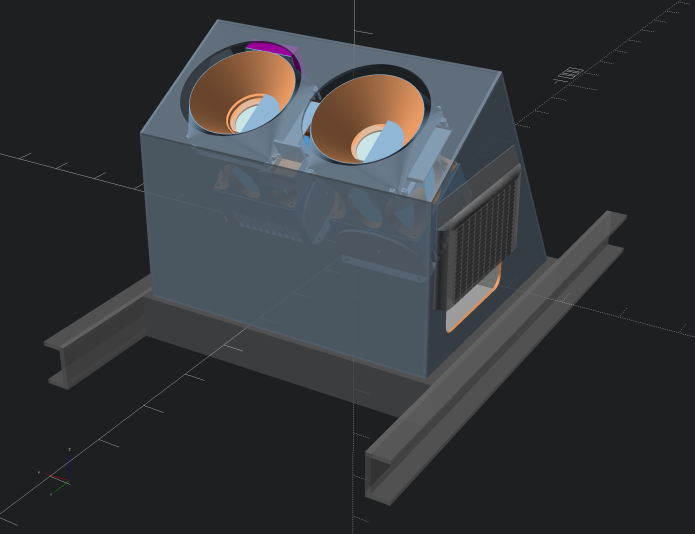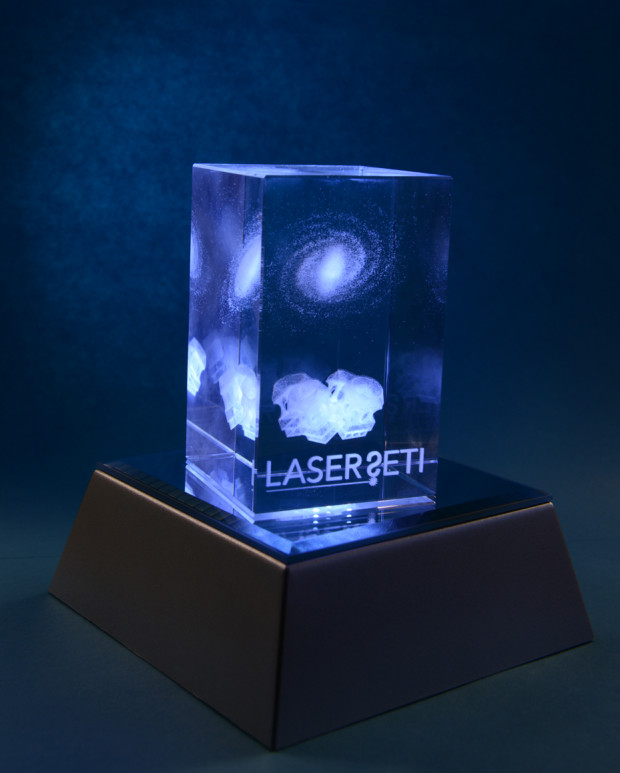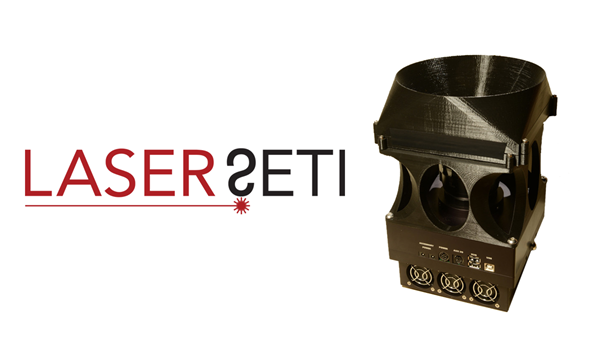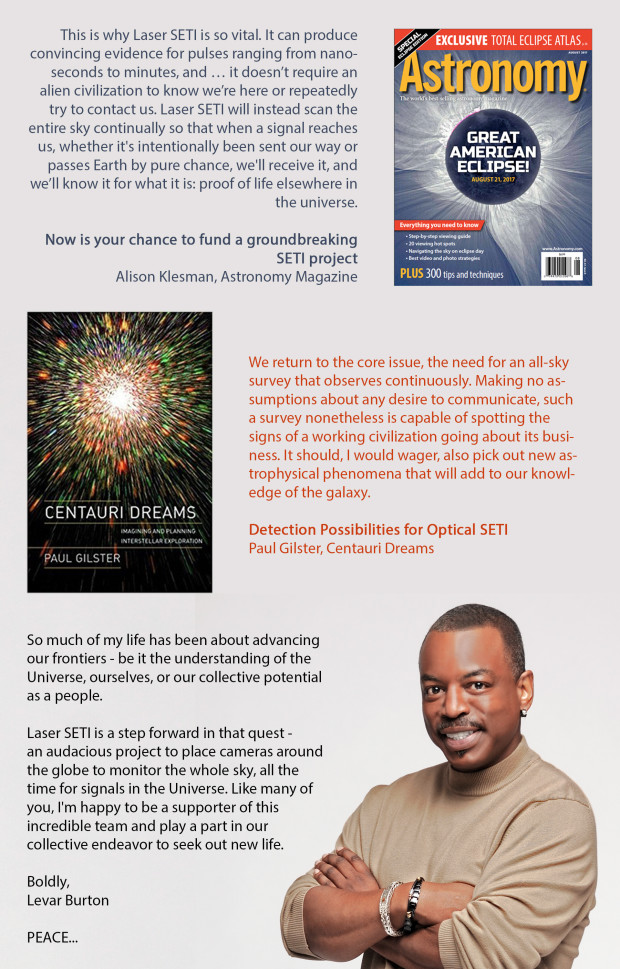Doors, Sensors, and New Frontiers in Astronomy
Feb 28, 2018
Hello again!
We received requests following the last update to see the real sun-shade doors in action so, by popular request, please enjoy exactly that:
Astute observers may notice that only one instrument is fully populated with optics. The other is empty as we work on the Raspberry Pi which will attach to that camera and controls the double doors, provides GPS time synchronization, and measures the environment inside the enclosure using a camera, accelerometer + gyroscope (IMU), barometer, and thermometer.

Speaking of the environment, it’s rough outside! While we’ve designed the enclosure to tolerate and operate in as wide a range of weather as possible, it’s impossible to predict with 100% confidence that we’ve succeeded in protecting the electronics and optics from the elements and maximizing the adverse conditions—mostly wind, temperature changes, and humidity—that we can reliably observe. We’re particularly interested to compare our inertial measurements to local wind speeds to know how much wind is too much and causes the cameras to vibrate. We’ll also measure temperature and pressure for correlation with any fogging that (shouldn’t but) might occur and have a camera to visually track the internal environment—primarily to monitor the shutter doors and optical window, but also to catch something we didn’t expect, like a squirrel infestation. (Which we’ve therefore now prevented by expecting it ahead of time!)
Recall last edition’s exciting announcement that we’ll be building eight cameras into four enclosures split across two observatories (looking at two fields of view). Our deployment plan is as follows: Start with two enclosures at one observatory, and make sure they survive the most extreme weather for at least 3-6 months. Then deploy the second two enclosures at a second observatory, iterating on the design as necessary or at least having gained confidence that this expensive hardware won’t get damaged sitting on top of mountains for years at a time!
Lastly, we wanted to make sure you heard about a special achievement from an unrelated but also crowdfunded project at the SETI Institute. Unistellar has partnered with us to bring to life a new kind of telescope, the eVscope ™, which makes amateur astronomy not only super easy but, using a radically new hybrid digital/optical system, it yields striking images normally only attainable by telescopes many times its size and uses that same technology to contribute to science.
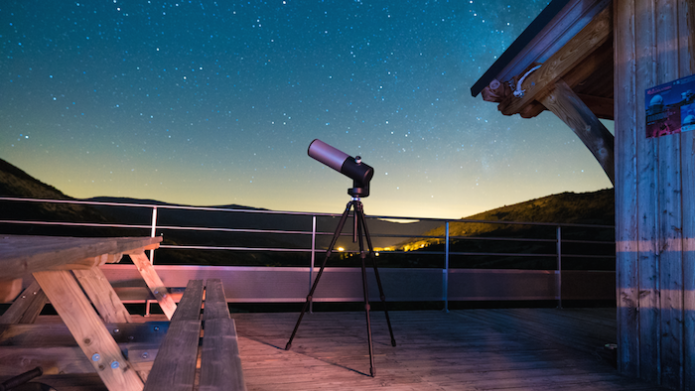
They had a wildly successful campaign, raising over $2M, and even though only a first few prototype units have been built, they’re already producing scientific results! The eVscope’s observations of an asteroid occulting (blocking) a star, allowed scientists to more precisely constrain the orbit and shape of this far out object. This normally requires a lot of luck and then very challenging coordination between multiple observatories, but a network of mobile enthusiasts is remarkably in a better position to do with the aid of modern technology!
Their powerful, portable “smart” telescope is available for pre-sale now, and is expected to ship to customers by the end of 2018. We hope their experiment in revolutionizing astronomy and citizen science is successful and serves as a model for other such projects!
Thank you for reading, please remember to follow the SETI Institute on Facebook and Twitter for more groundbreaking news, and as always thanks for your support!


